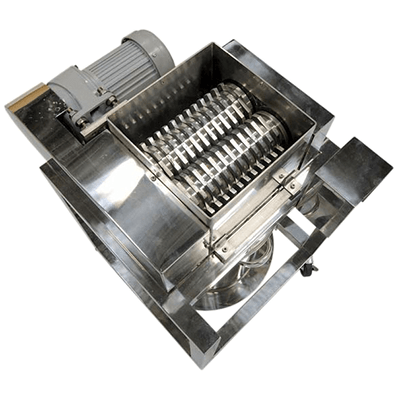What Is an Adhesive Filler?
An adhesive filler is a type of adhesive specifically designed to fill gaps between objects during bonding. This adhesive, typically robust after curing, is used for both bonding parts and sealing purposes. It allows for slight adjustments of parts after application for easy alignment.
Commonly used adhesive fillers include epoxy adhesives. However, the performance of these adhesives varies greatly with their formulation, necessitating the selection of the appropriate adhesive for each specific application.
Applications of Adhesive Fillers
Adhesive fillers have a wide range of applications:
1. Construction Industry
In construction, they are used for bonding and filling concrete and masonry, enhancing structural stability and durability.
2. Automotive Industry
They play a vital role in manufacturing and repairing automobiles, used for bonding body parts, and providing sound and vibration isolation.
3. Furniture Industry
Adhesive fillers are essential in furniture manufacturing and repair, particularly for bonding and filling wood and plywood, strengthening the overall structure.
4. Metalworking
These fillers bond and fill metal parts, offering an alternative to welding and riveting.
5. Electronics Industry
Used in electronic device manufacturing, they secure small parts and boards, contributing to the stability of minute components.
6. Medical Device Industry
In medical device manufacturing and repair, safe and appropriate medical materials are employed.
7. Household Product Manufacturing
They are also used for repairing plastic and rubber household items, ideal for container repair and bonding plastic parts.
Principle of Adhesive Filler
Adhesive fillers work on several principles:
1. Contact and Diffusion of Substances
Upon application, the adhesive penetrates material irregularities, increasing the contact area and interaction.
2. Intermolecular Forces
These adhesives work mainly through intermolecular forces, where molecules attract each other, forming a bond with the substrate.
3. Curing Reaction
Adhesive fillers typically undergo a curing reaction, forming a polymer compound that solidifies and firmly bonds materials together.
4. Mechanical Interaction
Beyond intermolecular forces, these fillers also bond substances through mechanical interactions, forming a physical bond once cured.
5. Surface Modification
Some adhesive fillers alter the bonding surface to improve adhesion, changing it to be more hydrophilic or lipophilic.
Types of Adhesive Fillers
Adhesive fillers come in various types:
1. Epoxy Adhesives
Epoxy adhesives are known for their durability and strength and are suitable for bonding a wide range of materials.
2. Polyurethane Adhesives
These adhesives offer excellent heat and weather resistance and are used for materials requiring resistance to vibration and movement.
3. Silicone Adhesives
Silicone adhesives are heat and weather-resistant, ideal for bonding glass, metals, and plastics in outdoor or high-temperature settings.
4. Acrylic Adhesives
Acrylic adhesives dry quickly and are transparent, used on various materials and in different environments.
5. Instant Adhesives (Cyanoacrylate)
These adhesives cure quickly and are suitable for bonding and repairing small parts.
6. Thermosetting Adhesives
Thermosetting adhesives cure with heat and are suitable for bonding metals and fixing electronic components.
7. UV-Curable Adhesives
UV-curable adhesives cure rapidly under ultraviolet light and are used for bonding transparent materials.
